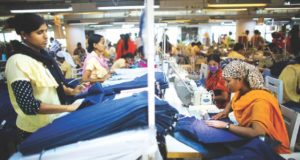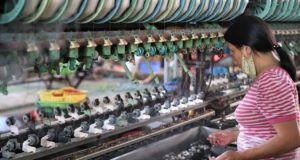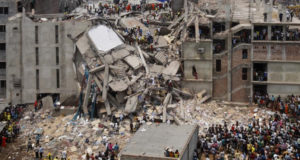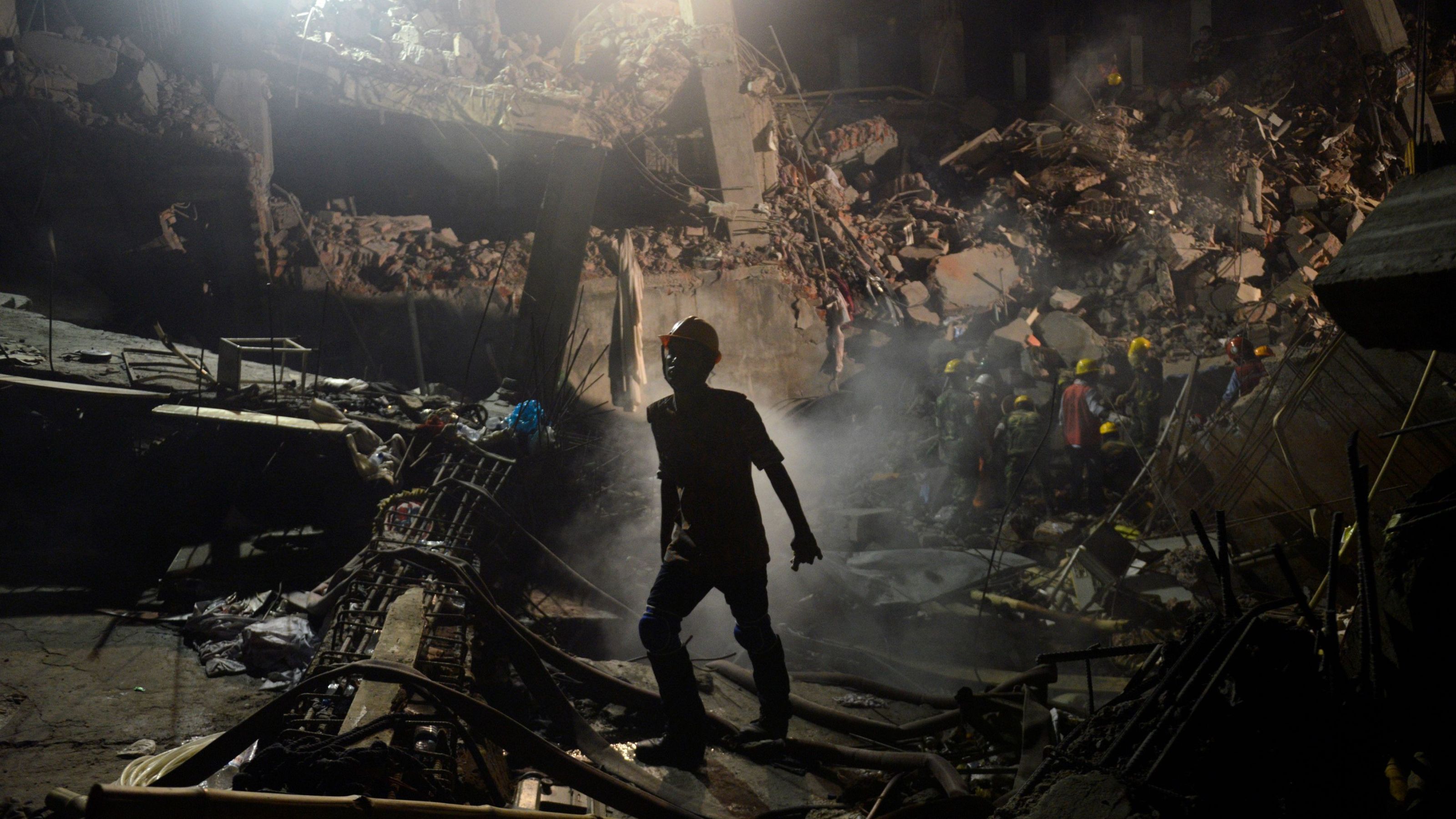Published in The Daily Star on Saturday, 8 October 2016
Making RMG growth lasting – Dr. Abdullah Shibli

Bangladesh’s garments industry, for good or worse, has been on the radar screen of policy regulators, North American and European trade union movements, international lenders, as well as global activists promoting sustainable and equitable growth. Harvard University and Bangladeshi scholars and professionals in the USA have taken a keen interest in the sustainability of this industry for many years and watched its progress with hope and trepidation since the Rana Plaza disaster three years ago, and are actively involved in a search for a pathway that is economically feasible for the young and growing industry. At a recent conference at Harvard, it appears from the debates and discussions that the jury is still out on two important issues: a. Can Bangladesh afford to please all stakeholders and b. Should Bangladesh RMG first build a safe environment for its workers and then address the living wage issue, or work on these two fronts simultaneously?
The Harvard Conference held on the last weekend of September in Cambridge, MA, had a very ambitious theme: ‘Sustainable Models for the Bangladesh Apparel Industry’. Conference participants included government representatives from Bangladesh, USA, Canada, The Netherlands and the European Union as well as Bangladesh garment manufacturers and exporters. However, as was expected there were some heated exchanges between the RMG interest and government representatives on one side, and the motley group of labour leaders, scholars and “external” watchdogs who first raised the alarm on working conditions and labour practices in Bangladesh, on the other. The organiser of the conference, International Sustainable Development Institute (ISDI) and it’s dynamic Executive Director, Iqbal Yousuf, deserves credit for bringing these disparate groups to the same table, and keeping the focus on the prospects and promises of our garments industry as it tries to meet the goal of USD 50 billion set by the government and the higher standards demanded by the rest of the world.
The key challenge that all parties agree on is, Bangladesh is walking a tightrope as the garments industry implements various safety practices and standards, and improves workers’ living conditions. Speakers voiced their concern about the lack of progress on unionisation of garments workers. Notwithstanding the protestations by Dr. Mashiur Rahman, Economic Adviser to the Prime Minister, Showkat Aziz Russell of the Amber Group, and Barrister Tanjib-ul Alam, the advocates for the labour union cited many instances of labour harassment, government’s lack of interest, and the uphill battle that the RMG labour unions faced to organise and register.
In his keynote speech, Dr. Mashiur Rahman spoke out for the Bangladesh government’s efforts to prod the RMG sector to address various concerns voiced following the Rana Plaza accident. He, using data and statistics, highlighted the many achievements made in the last three years, particularly in hiring more inspectors and implementing the minimum wage laws. To quote, “Bangladesh exporters have done well—they have not only sustained export, they have shown improvement while others stayed constant or have had negative performance.” Amy McGann, Labour Officer of the US Department of State, echoed the sentiments of Dr. Rahman, and acknowledged that progress has been made in strengthening workers’ safety and safeguarding their rights. Nonetheless, when asked about the possible reinstatement of GSP privileges for the garments industry, there were no clear indications from many of the representative of US government. Evan Fox, a US diplomat at the American Embassy in Dhaka, expressed his optimism on the progress made in the various fronts.
The discussions were organised around the four topics of the conference: 1. Supply chain compliance and the need for fair price strategy and shared responsibility; 2. Trade policy, workers’ rights and working condition – opportunities and challenges; 3. Environmental sustainable development strategy: A necessity, not an option; and 4. Bangladesh apparel industry – road map to achieve USD 50 billion by 2021. Angela Chan, Senior Vice President of the DXL Group in the USA, who works with the garments industry of Bangladesh provided a case study of how her group was able to raise the efficiency of DXL’s suppliers in Bangladesh by offering a long-term contract. Many others at the conference expressed the hope that the buyers, in addition to making demands on the suppliers, could offer some incentives, including price guarantees, long-term contracts, and loans to modernise.
Dr. Hasnath raised the issue that China and Vietnam had worse trade union practices than Bangladesh, and were nonetheless given a “free pass”.
The RMG owners are caught between the rock and a hard place. While world price of apparels are declining, the buyers are asking for improvements in workers’ safety and factory environment along with stronger trade unions. Isn’t it time for the rest of the world to live up to its responsibilities, too?
In response to this, Yevgeniya Savchenko of the World Bank expressed confidence that once Bangladesh makes progress on garment safety and develops a sustainable model for growth, it can easily take market share away from China.
The writer is an economist and writes regularly in this column on economic policy.
 CPD RMG Study Stitching a better future for Bangladesh
CPD RMG Study Stitching a better future for Bangladesh



